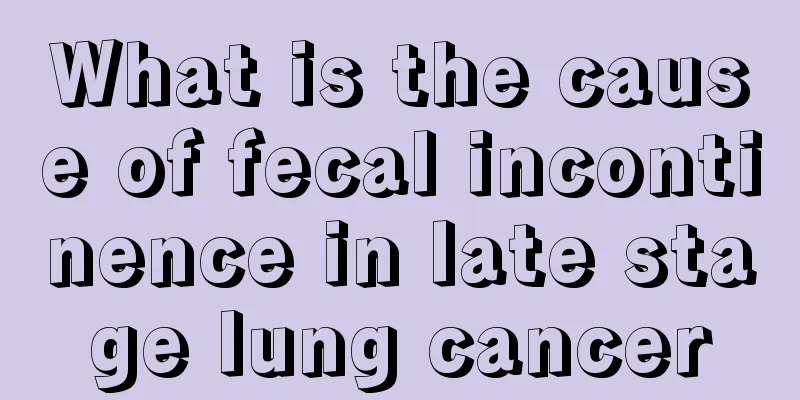Purulent meningitis

|
Meningitis is a disease that is very harmful to human health. This type of disease also needs timely treatment after it occurs, especially for people who often have headaches. They should pay attention to whether they have such a disease. A common symptom of meningitis is headache. When patients have this type of disease, headaches are very difficult to bear, so treatment also needs to be carried out in time. How to treat purulent meningitis? Meningitis is also divided into different types, so before treatment, the patient must be physically examined so that you can know what type of meningitis the patient has. So how to treat purulent meningitis? Purulent meningitis: Acute purulent meningitis, also known as meningitis, is an acute inflammatory reaction of the pia mater, arachnoid mater, cerebrospinal fluid and ventricles caused by purulent bacteria. The surface of the brain and spinal cord may be slightly affected, and it often exists at the same time as purulent encephalitis or brain abscess. Purulent meningitis is a serious intracranial infection. Although great progress has been made in the development of antibiotics, the mortality and disability rates of acute purulent meningitis are still high. Clinical manifestations The onset is usually explosive or acute. The acute phase in adults and children is often manifested by fever, severe headache, vomiting, whole body convulsions, impaired consciousness or neck stiffness. There may be a history of upper respiratory tract infection before the onset of the disease. Newborns and infants often have high fever, irritability, drowsiness, difficulty breathing, jaundice, and may then have convulsions, opisthotonos, and apnea. The neonate may have a history of premature birth, birth trauma or prenatal maternal infection before becoming ill. Signs of meningeal irritation may appear in the early stage of physical examination, such as stiff neck, positive König's sign and positive Brookings sign, but neck stiffness is often not obvious in infants and young children, and is often manifested by a full anterior fontanelle and opisthotonos. Pneumococcal and Haemophilus influenzae infections may cause local brain signs in the early stages, manifested as persistent local brain damage and uncontrollable epileptic seizures. Later in the course of the disease, there may be cranial nerve disorders, most commonly eye movement disorders, which are most common in patients with pneumococcal meningitis. In addition, there may be impaired consciousness and fundus edema, and brain herniation may sometimes occur due to increased intracranial pressure. During a meningitis epidemic, if the disease progresses rapidly, with petechiae or ecchymoses on the skin and mucous membranes at onset that rapidly expand and shock occurs, meningococcal meningitis should be considered. Through the above introduction, we have a good understanding of purulent meningitis, so when treating it, we must proceed according to the patient's disease condition. This will be of great help to the improvement of the patient's disease and prevent the patient's disease from continuing to develop. Drugs and surgery are the best choices for treating purulent meningitis. |
<<: Symptoms of allergic cough
>>: What to do if you get gas poisoning
Recommend
What are the early symptoms of lung cancer? These are the common symptoms of early lung cancer
When it comes to lung cancer, everyone is familia...
Chinese medicine for treating sore throat
Traditional Chinese medicine is a kind of medicin...
What are the symptoms of advanced liver cancer? 4 nursing methods for advanced liver cancer
In recent years, the incidence of liver cancer ha...
Tips for glowing skin
Many women have encountered this problem in life....
Can the oil used for frying still be used
Every household has times when they fry things, a...
Abnormal leucorrhea causes dry and hard underwear, how to treat it without taking medicine
Women experience a leucorrhea period every month,...
Can eating pears help reduce internal heat in the body?
Some people have a constitution that is prone to ...
What should I do if I sweat a lot during exercise in summer?
I believe that everyone has this misunderstanding,...
What should people working night shifts pay attention to
In order to complete the tasks at hand or perform...
About the method of removing freckles
Spots have become an eye problem that troubles mo...
How to taste and identify dry red wine
Nowadays, people are pursuing a better life and a...
Why can't I sleep soundly?
Sleep quality is very important for people of all...
Does teratoma affect pregnancy? You must do a prenatal check-up before pregnancy
Teratoma refers to the differentiation of ovarian...
What are you missing for hair loss? These foods are essential
Hair loss may be caused by excessive mental stres...
Inflammation of philtrum
The philtrum is a part that people attach great i...









